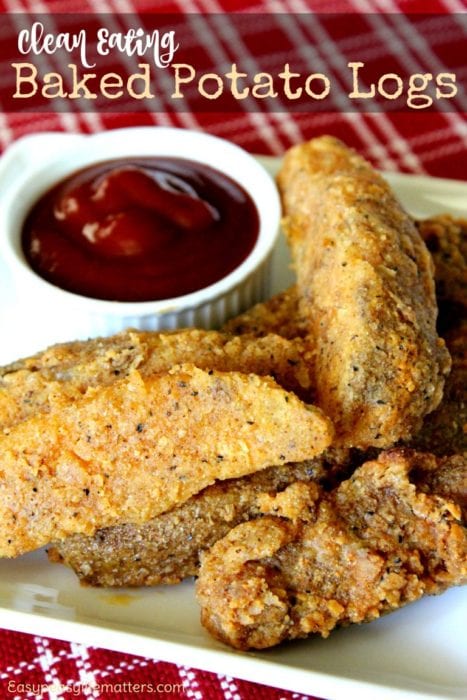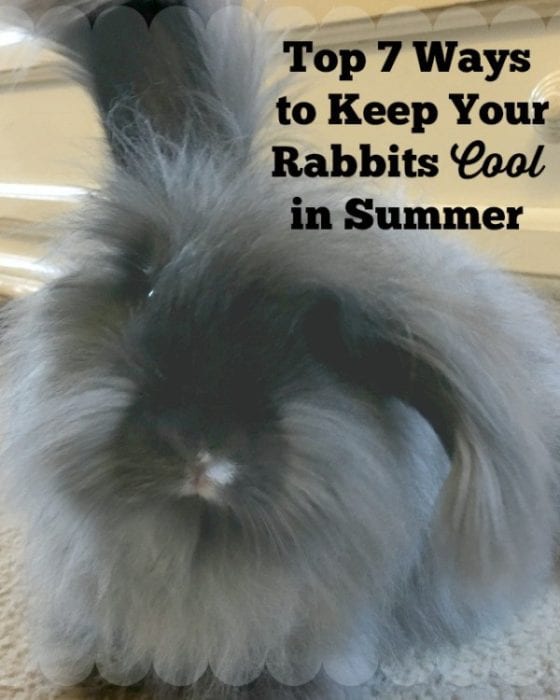While I was researching this episode, I did a search to try and find out just how much garbage the average American produces each day. I was shocked by the numbers I found. According to the EPA the United State produces an average of 4.4 pounds of garbage per day. That is for every single person from the newborn to the 90 year old. Holy Cow! That is about 1600 pounds per year. When I first saw this number, I thought to myself "that cannot be right", but after thinking about it I realized that it probably is. If you will take a trip through an affluent neighborhood on garbage day, you will be amazed at some of the things that gets thrown away.
I know that many think there is nothing that an individual can do to turn the tide, but this is not the way to look at it. We should be striving to be the best steward we can be, in many ways by reducing our waste we can actually save a good sum of money and in some instances actually earn some.
1. Repair
This used to be the norm. When I was growing up there wasn't a decent sized community that didn't have a radio and television repair shop. Not only that but when you went to even a small town there were shoe repair and watch repair shops. Sadly those are no longer staples of our communities. In fact it is very difficult to even find someone to do this type of work anymore. I have a watch that was owned by my grandmother that I really want to get repaired, but I can't find anyone close that can do the work.
The sad point is that we have gotten to the point to where there are a lot of people that just don't want to repair anything. If the dryer is acting up instead of calling the repair guy they just buy a new one and have the old one hauled away. I have even talked to people that when their car is doing something that they think may be the sign of problems they will trade it off instead of getting it repaired. That is crazy.
Some things have gotten to the point where they are no longer cost effective to repair. Companies have made it where parts of a television for a consumer are as expensive and the television itself. I have actually been told that a person was trying to repair a television and tried to order a control board only to find out that one board was more expensive than a new television. You cannot tell me that one component is more expensive than the whole. This is being done to encourage the consumer mentaility.
Clothing can still be mended. I have sewn up holes in pockets, fixed hems, and have even sewed on patches. My wife doesn't like the idea of me wearing jeans with patches on them, but then if you go to some of the trendy stores they are selling new clothes that have or need patches. Even after the clothing items are completely worn out there is still use in them. We will talk more about that in a minute.
My rule of thumb is that as long as the repair cost is less than 50% of the replacement cost, that item gets repaired every time. If the repair cost is more than that, well then it is up for debate. But just think how many times we could repair things that we normally throw away.
2. Buy Used
I realize that there would be a lot of the economic talking heads that would discourage this big time, but for those of us who are looking to increase our personal independence, buying used is a good idea. With the exception of food and personal hygiene items there is very little that cannot be found used.
Yard sales, garage sales, thrift stores, and even pawn shops are good places to look. Hand tools can readily be found at pawn shops. One word of warning about pawn shops, shop smart, I have seen power tools at some pawn shops that were actually higher than in a retail store. The power tools were on sale, but you should never be able to buy new cheaper than used for the same name brand. If you are in the market for hand tools especially mechanics tools be sure to check out pawn shops. Many times they will have a bin full of tools. If you are selective and are willing to dig through, you can find good quality tools that have lifetime warranties for very little.
3. Packaging
There are a few reasons companies will increase the size or bulk of packaging without increasing the size or quantity of the product that is inside. Some will increase the size of packaging as a way to try to deter theft, others will be simply to get greater visibility. If you are wanting to be waste conscience, this is still something you might want to look at. Are there alternative products that either use less packaging or can the packaging be used for something else.
4. Compost
Composting is not only a way to decrease the amount of "garbage" that goes to the landfill, it is also a way to improve your soil. A lot of people do not realize all of the things that can be composted. Depending on how you are doing your composting, the list of compostables is a lot longer than you might think. There are so many ways to compost that this is going to be a complete topic of its on in the near future. For now just think about two methods of composting. Simple composting and worm composting or vermiculture. There are several ways of doing each. Each can use some things and not others. In a vermiculture system you cannot use citrus or onion peels. Things that you might not think about that are compostable include newspaper, cardboard, and fabric that is made from natural fibers like cotton. Just think, this alone can decrease the amount of waste that goes to the landfill.
5. Produce Some of Your Own
This primarily has to do with food, but it can be really anything. I have noticed that the packaging for food has really increased in the last couple of years. Even producing a small percentage of your food will help you save money and decrease you waste.
It doesn't have to stop there. If you have noticed the amount of packaging on most of the assemble yourself shelves, it's a fairly large amount. When you build your own book shelves, (even if you ask for help) you end up with a nicer looking, stronger product for the same or lower cost and you have developed a new skill. Can you say win, win, win, win?
6. Go Cloth
I have friend that buy a big package of paper towels every single week. They use them as napkins, to clean up spills, and really almost everything. If we will simple replace the paper towels with fabric that can be washed over and over again we save money. Here is the cool part. Remember above when I was talking about old worn out clothes? T shirts and denims can make very nice napkins and excellent cleaning rags. The lifespan of an article of clothing should look something like this.
New- wear till it is outgrown or "worn out". If it is outgrown find someone to give it to or donate it to a non profit.
Worn Out Stage 1 - Napkins or washclothes
Worn Out Stage 2 - Household cleaning rags
Worn Out Stage 3 - Shop cleaning rags
Worn Out Stage 4 - If the rags are not soaked with chemicals, compost them. If they are soaked with chemicals, now you can throw them away.
7. Recycle
I know that there are sections of the country where there is almost forced recycling. I have even been told that in some cities that if you don't recycle they will actually levy a fine on you. Sorry that is just wrong. In our area a recycle center will buy all metals, cardboard, plastic, and glass. The amount you will be paid per pound varies based on the market and your area. If you will just look at that list if you wanted to go all out on it, you could get paid for 99% of your garbage. Granted this wouldn't be a major income source, but if you are wanting to be as eco-friendly as possible, why not get paid for it along the way.
8. Reuse or Upcycle
There are people out there that are really artsy that can take general garbage and make some really beautiful things. I am not one of those people. I am slowly tearing down a building. All of the lumber that can be saved, I am saving. I am planning of taking the useable lumber from this building and building another in a different configuration. Not only am I saving the good lumber, I also save all of the nails that are still useable.
9. Learn to Live With Less
This one is a battle cry for some and a sore spot for others. I have come to the realization that we as people actually need very little. We have been trained to think that things will make us happy, but if you will watch a young child on Christmas you will see that is not really the case. The child will play with the new toy for a short period of time and later in the day you will find the toy in the middle of the floor abandoned and the child is playing with the box.
10 Look for Efficiency and Effectiveness
This one is a little tricky. I first learned about this concept from a book called the
7 Habits of Highly Effective People. Efficiency is getting something done as quickly as possible as cheaply as possible. Effectiveness is getting something done in the best way possible with the least amount of impact. Dr Covey gave an example of talking to family. He said that with family slow is fast and fast is slow. What he meant by that is if you take the time to understand the person you will be better able to explain your point. How does this apply to reducing waste? Here you go.
From scratch cooking is as good an example as any. It takes a little longer, but the outcome is so much better and there is a lot less waste. This concept can be applied everywhere.
The big thing I want you to take away from this is that everything we do matters. If every person just started with a little, it wouldn't take long before there was a huge impact.
I hope you enjoyed this full blog post and podcast. If you did consider giving us a rating on
iTunes or
Stitcher and share this with someone it will help us a ton. Be sure and enter the Listener Appreciation Contest.
Bringing Rural Back
Enter the
Listener Appreciation Contest.
Check out The Rural Economist on Pinterest
Affiliate Link Disclosure: This post may contain
affiliate links. I may receive compensation for links, endorsements,
testimonials, or recommendations for any products mentioned on this
blog. If you see something you are interested in, check them out. Thanks
for your consideration.

























